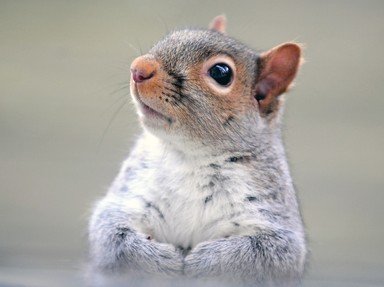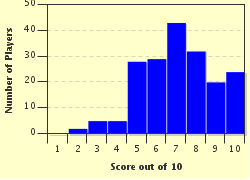Quiz Answer Key and Fun Facts
1. Eek! What is this creature, Mus musculus, that scurries with its large ears and little hairless tail and is a pest when wild (but a nice pet when domesticated)?
2. Oh, this animal is a blight in urban areas in Europe and North America and was believed by the English in the 18th century to have arrived from Norway, although more likely it came from Asia. What is its scientific name?
3. Sometimes called a whistle-pig or a mouse-bear, this particular ground squirrel (Marmota monax) is widespread throughout North America, even up to Alaska.
4. This largest rodent in the world has a barrel-shaped body, webbed feet, and not much of a tail. What on earth is its name?
5. This small, burrowing member of the subfamily Arvicolinae is usually mistaken for anything other than what it is! Will you be fooled?
6. These rodents are fairly large and are often used for medical experiments. Found in the wild in South America but domesticated world over, what is one of their common names, especially in North America?
7. The Captain and Tenille sang a song about the mating habits of this critter, but I wouldn't use it to pass your biology exams. What is this smelly, semi-aquatic rodent?
8. Some people have trouble telling a gerbil from a hamster. Which one is this little fellow, with his tail and his longer snout?
9. This Arctic dweller does not hibernate in the winter but instead burrows under the snow to eat the grass-clippings it has stored for the season. What is it?
10. Here is an herbivorous, semi-aquatic rodent native to South America but now found all over the world (mostly as a pest). What on earth is it?
Source: Author
gracious1
This quiz was reviewed by FunTrivia editor
Tizzabelle before going online.
Any errors found in FunTrivia content are routinely corrected through our feedback system.

